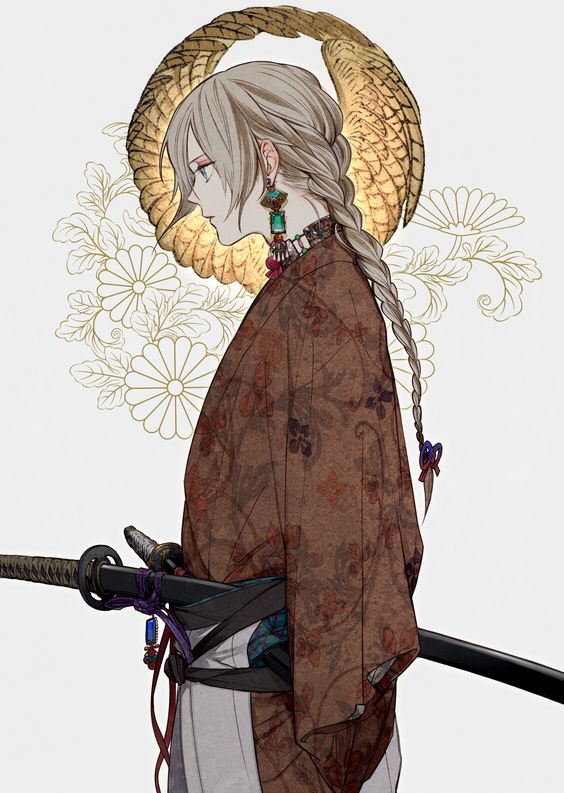



We have 1766 registered users.
Our users have posted a total of 46704 articles.
The Newest registered user is LavillVes
In total there are 578 online :: 0 Registered, 0 Hidden, and 578 Guests :: Developer | Administrator | Moderator | Deity
Registered Users:
Not all features on this website work with your plebian choice of web browser.
Please see the light and download either Chrome or Firefox instead of Internet Explorer.
Continue?